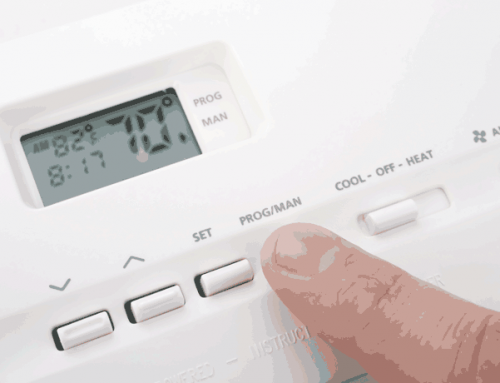Like with all products, a shopper must look at a variety of different factors when purchasing a new HVAC system. You may be interested in saving money by choosing a cheaper model, but will it last? And if it does last, how will it affect your energy bill? Energy efficiency has a lot to with how much your system will cost you in the long run. In a hot and humid climate like ours in New Orleans, your savings could cover the extra money spent on a higher-efficiency mean in just a few years. Luckily, it’s pretty easy to compare energy efficiency. There is a standardized rating system for the three main systems used today: gas heating, heat pump heating, and cooling.
Gas Heating – AFUE
For furnaces, efficiency is measured with the Annual Fuel Utilization Efficiency (AFUE) rating system. This simply tells you how efficiently your machine is converting fuel to heat, giving you a percentage of fuel used to heat your home and a percentage that is wasted. According to government regulations, few furnaces must have a rating of 78% or higher. Higher efficiency furnaces cost more, but you can save up to 60% with a more efficient model, compared to an older furnace that may have a below-regulation rating. over the course of a decade, upgrading to an Energy Star furnace could save you anywhere from $920- $1,700, depending on your previous furnace.
Cooling – SEER
The Seasonal Energy Efficiency Ratio (SEER) applies to air conditioning systems and heat pumps. It tells you how efficiently the unit is using electricity. Most high-efficiency units are rated a 12 or higher, while the government minimum is a 10. The max is around 17.
Heat Pump Heating – HSPF
The Heating Seasonal Performance Factor (HSPF) rating tells you how efficient your heat pump is when it comes to electricity use. Government regulations require a minimum rating of 6.8, while 7.5 is highly efficient. The highest efficiency pumps have a HSPF rating of 10.


